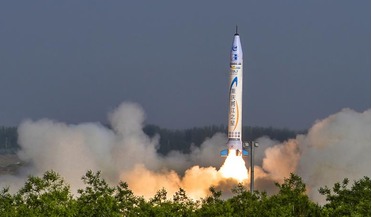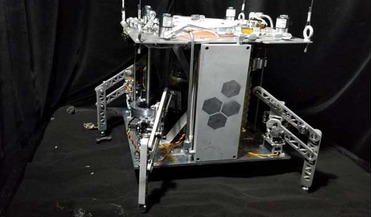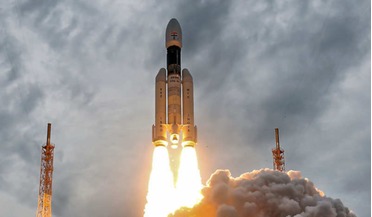 April 2024
The promise of solar energy for sustainable development and space exploration
April 2024
The promise of solar energy for sustainable development and space exploration
... could then be used as baseload power via direct connection to the existing electrical grid, or to manufacture synthetic hydrocarbon fuels, or even beamed at low intensity directly to consumers. Engineers have long contemplated that solar power can...
 September 2025
Why the global space sector needs urgent regulation
September 2025
Why the global space sector needs urgent regulation
...companies building Moon landers and planning Mars missions, and governments forming partnerships with space startups to fuel their ambitions, this new era is marked by a new public-private partnership. The extraordinary symbiotic relationship between...
 18 May 2018
China launches its first private space rocket
18 May 2018
China launches its first private space rocket
.... OneSpace, a startup based in Beijing, successfully launched its first 9-metre-tall, single-stage OS-X solid fuel rocket to an altitude of around 40 km from an undisclosed base in northwestern China on Thursday. This marks a significant milestone...
 14 January 2019
New steam-powered asteroid hopper that could run 'forever'
14 January 2019
New steam-powered asteroid hopper that could run 'forever'
.... With a Solar System doomed to be littered by defunct robots no longer able to continue operations as they have run out of fuel, the steam-powered space-hopper could be a boon for future exploration, where the vast majority of its...
 22 July 2019
Its lift-off for India's Chandrayaan-2 Moon mission
22 July 2019
Its lift-off for India's Chandrayaan-2 Moon mission
... in the launch, cannot thrust Chandrayaan-2 straight to our nearest celestial neighbour. Instead the spacecraft will save fuel by looping around Earth and using our planet’s gravity to fling it towards its destination.
 20 January 2020
ESA facility begins producing oxygen out of simulated moon dust
20 January 2020
ESA facility begins producing oxygen out of simulated moon dust
... to harvest oxygen; a process that could one day aid future lunar settlers to breathe and to produce rocket fuel. Moon rocks brought back by astronauts from the Apollo missions confirm that lunar regolith – the dusty...